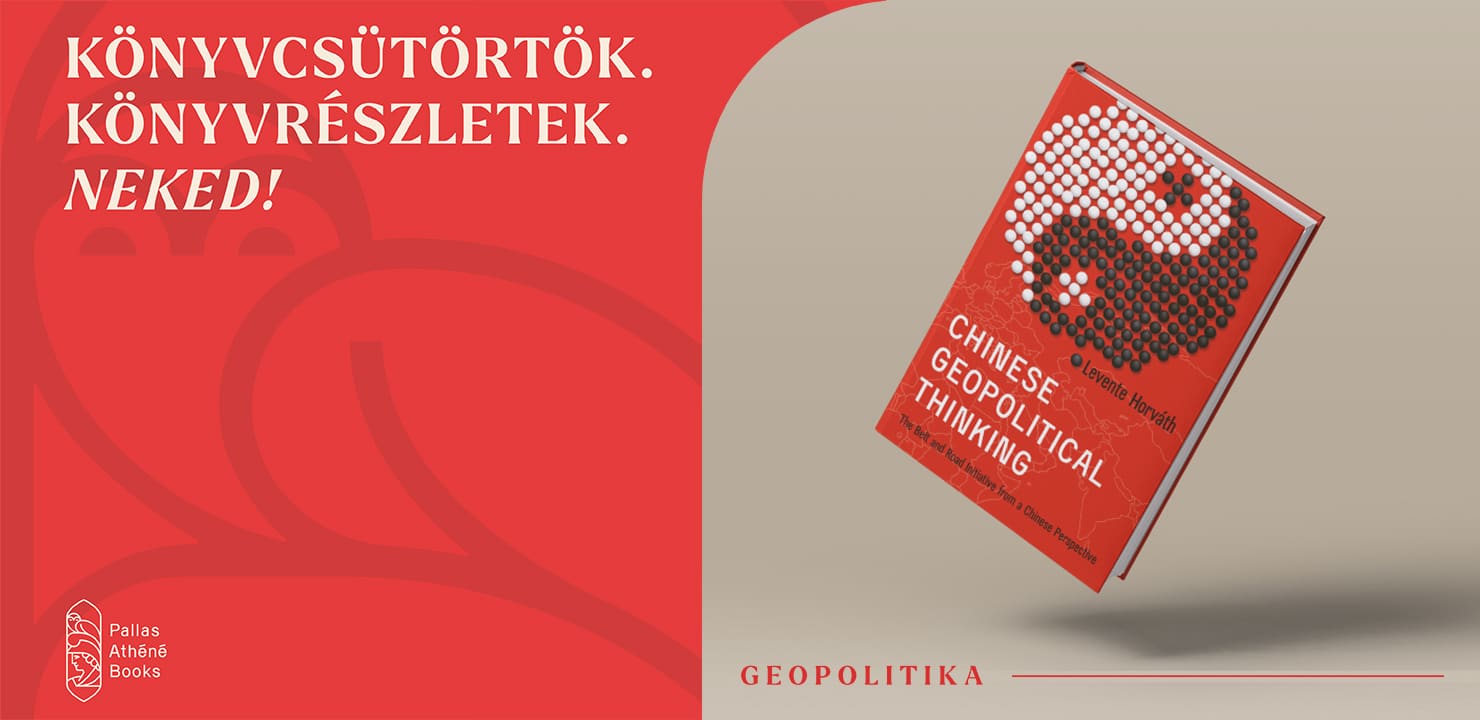“源远根深”
“The source is distant, the root is deep.”
Yu Xin (庾信):1 Little Melody (微调曲)
The Belt and Road Initiative, also known as the ‘New Silk Road’, was launched in 2015. Contemporary Chinese politics is still influenced by 5000 years of Chinese culture, and it is reported that the state’s highest leaders constantly study the works of great philosophers and strategists such as Confucius, Lao Tzu, Sun Tzu, etc. The present chapter discusses both the ancient Silk Road, which inspired the Chinese leadership, and historical parallels between the present and the history of the ancient Three Kingdoms. It concludes with a review of Chinese geopolitical thinking.
The Birth of the Ancient Land Silk Road
The Silk Road began its development in the third century BC. It was initially a route by which Chinese silk, and later tea, porcelain and other valuable items were transported westwards through the north-western provinces of Gansu and Xinjiang (now Xinjiang-Uygur National Autonomous Region), but for a long time such goods only reached neighbouring peoples, who may have traded further with their own western neighbours. The Asian Huns (xiongnu, 匈奴) played a major role in the development of the Silk Road, as this nomadic ethnic group in north-western China prevented trade with countries and tribes to the west. Emperor Han Wudi (156–87 BC, 汉武帝) asked one of the best diplomats and travellers of the age, Zhang Qian (张骞, 195 BC – 114 BC), to establish an alliance with the Huns and open up a trade route starting from the then capital city, Chang’an (now Xi’an). Zhang Qian set out west in 139 BC; he spent 13 years abroad, visiting the surrounding lands and tribes, as recounted by one of China’s most famous historians, Sima Qian (司马迁, 145–86 BC) in chapter 123 of his opus, Records of the Grand Historian (Shi ji, 史记). At this time, however, the attempt to forge an alliance with the Huns was unsuccessful.
Two decades later, in 119 BC, Zhang Qian made another journey west, joining forces with other peoples to expel the Huns and open the westward trade route. This time, Zhang’s mission was successful; trade with western peoples began, and later the Silk Road stretched 6440 km – all the way to Rome. The Silk Road of the time was used by China to export mostly silk goods and other luxuries to the West. As imports from abroad included jade stones,3 and the introduction of Buddhism into China was also facilitated, the route was known at the time as the ‘Jade Road’ (Yushi zhi lu, 玉石之路) or the ‘Buddhist Road’ (Fojiao zhi lu, 佛教之路). The name ‘Silk Road’, which is still in use today, was not coined until 1877, when the German geographer Ferdinand von Richthofen (1833–1905) first used it in his book, China: Ergebnisse eigener Reisen und darauf gegründeter Studien (China: The results of my travels and the studies based thereon). Later, von Richthofen’s term Seidenstraße was used to translate the name of the historic route into all languages, the Chinese term being Sichou zhi lu (丝绸之路), meaning ‘road of silk’. In the Western perception, it was called the Silk Road, since it was mainly Chinese silk that came from the East along this route, but from the Chinese viewpoint, it was formerly called the Jade Road or the Buddhist Road, since these were the chief imports from the West. Here too, it seems that a different perspective gives rise to a different name. Eventually, however, China adapted to the Western view and adopted the term ‘Silk Road’.
We can see that the Silk Road was not only a portal for trade goods, but also for the spread of different cultures – Buddhism reached China thanks to the route – and that it allowed peoples to live in peace and aid each other’s economic development for long periods of time. This is why the Silk Road has been chosen as the ideological source of the Belt and Road Initiative, indicating that the new multilateral cooperation aims at peaceful and harmonious coexistence, respect for each other’s cultures, win-win cooperation, and support for each other’s economic growth and development.
Over the centuries, the Silk Road became one of the most important trade routes between Asia and Europe. According to the Tang Liu dian (唐六典), a chronicle kept by imperial officials during the Tang Dynasty (唐朝, 618–907), the Silk Road connected the Chinese Empire to more than 300 countries and geographical regions. During the Yuan Dynasty (元朝, 1271–1368), the main function of the Silk Road changed dramatically, with trade being relegated to the background and the route becoming a mainly religious and cultural gateway, which foreshadowed the decline of the Land Silk Road. During the Middle Ages, continual warfare among the peoples along the route and the rapid development of maritime trade, which was the result of contemporary geographical discoveries, gave a further impetus to this decline. At the same time, it opened the way for the development of the Maritime Silk Road.
A szövegrészlet Horváth Levente Chinese Geopolitical Thinking című könyvéből származik.
A kötet megvásárolható a webshopunkban.







